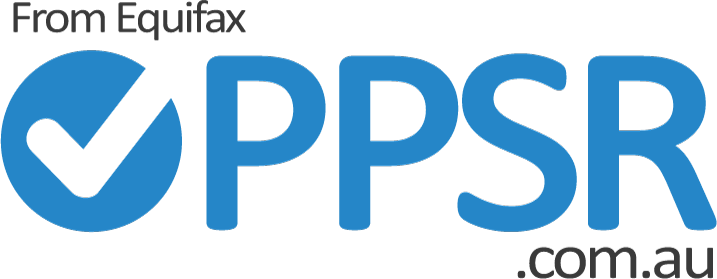4 essential steps to determine the value of a used van
Buying a used van is an excellent way for you to save money on a reliable vehicle that's equipped to transport a large family, business equipment and hobby-related gear. Figuring out how much you should pay for a second-hand van can be challenging, however conducting a few important checks will help to ensure you'll get it for the right price.
When looking into buying a van you often don't know how much the current owner paid for it, how well they've treated it, and any mechanical issues it has encountered, which can make you feel unsure or pessimistic. To attain peace of mind and to determine the value of a van, take these four essential steps into account:
Potential buyers will browse through thousands of vehicles listed online to find a competitive price.
1. Do some online research
There were 18.8 million registered motor vehicles in Australia as of 31 January 2017, and our national vehicle fleet grew by 2.1 per cent between 2016 and 2017 according to the Australian Bureau of Statistics (ABS).1
Buyers will browse through thousands of vehicles listed online to snatch up a used van for a competitive price, which is why you need to decide exactly what you're after in terms of make, model and year as well as fuel efficiency, mileage and history. Being proactive and looking at what else is out there will help you when it comes to bargaining down the price of a van you're interested in. It's also critical for you to check there haven't been any recalls issued on the make and model you're considering.
2. Review your documents
If you are planning on buying your van second-hand, it's important to have a look at its service history and to get in touch with the owner to make sure there were no major problems, engine reconditioning or repairs. Make sure to check the van's original documentation including its registration and service records, you might also want to consider getting a comprehensive Car History report.
Check the vehicle's mechanics, history, exterior and interior to ensure you are getting value for money.
3. Get a mechanical check
You should conduct a comprehensive mechanical check on the van prior to purchase to make sure everything is running smoothly. Give the van a thorough once over. You could also have a friend or family member pretend they're inspecting the van as a potential buyer to ensure you didn't miss any minor details.
Check with the seller to see when the van was last serviced and make sure you inspect the following:
- Transmission
- Suspension and steering
- Engine
- Mileage
- Tyres
- Brakes and gears
- Front and rear lights
Once you've completed your own physical appraisal you may also want to consider having the van inspected by a professional, such as a mechanic or motoring body.
4. Check the PPSR online
Getting a PPSR certificate can offer you the extra peace of mind needed when purchasing a used vehicle. Attaining one is cheap and easy. The first thing you need to do is to find the vehicle identification number (VIN) which is a 17-number code that can provide information about the vehicle such as who made it and where it came from. Simply go to the PPSR.com.au site, enter the VIN and you'll get the report within seconds.
Purchasing a PPSR report can give you extra peace of mind when researching a used vehicle.
A PPSR report will offer you financial information about your potential van such as whether there is security registered on the vehicle.
Buying a used van can come with a little more risk than purchasing new and conducting your own research, a thorough mechanical check and a PPSR report can help ensure you're aware of the van's history and condition. As long as you put in a little bit of time and research, determining the worth of your potential vehicle is easy. Get on the road in your new van right away with the peace of mind a PPSR report can provide.
1. Australian Bureau of Statistics. Motor Vehicle Census, Australia, 31 Jan 2017. Accessed March 2018.
Get your report online now
Instant access to a vehicle’s history from only $28.95
